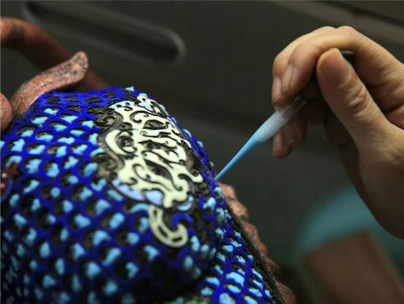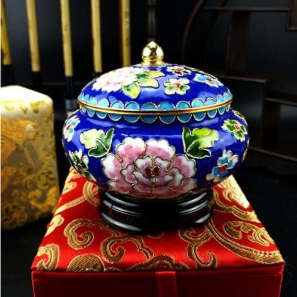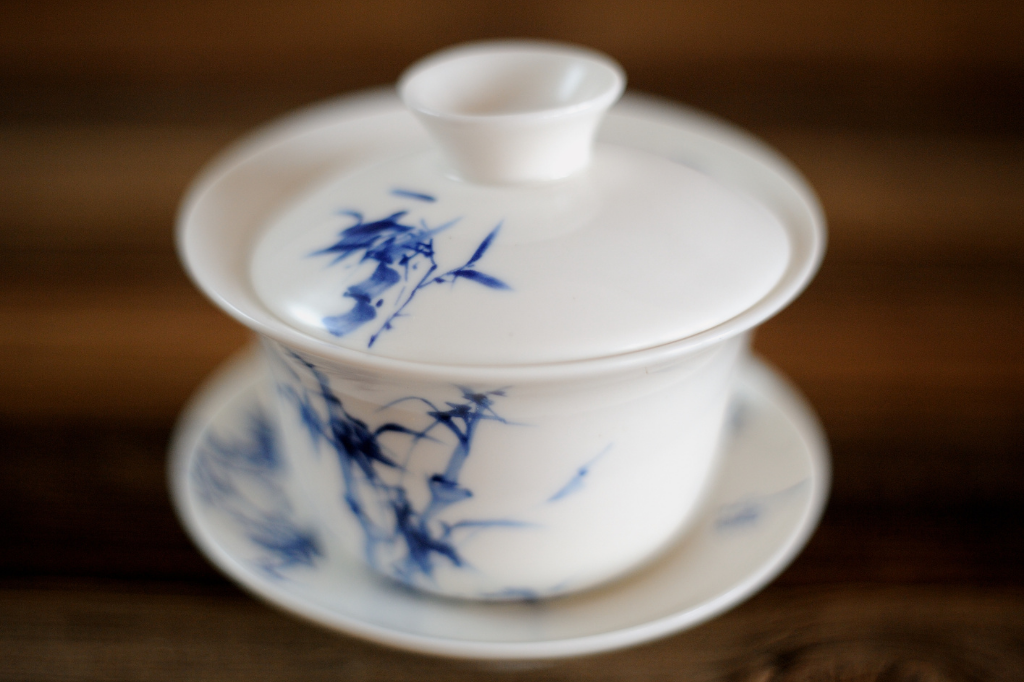Chinese Cloisonne: Decorated ceramics with bright colours, separated by mental wires. Originally from the west side of China but nowadays a collector item and eye-catcher in every living room. But why is this craft so special for so many collectors? Please let us introduce you to the history of the Chinese Cloisonne.
But first, a brief introduction of the original Cloisonne
If you have ever seen some Cloisonne products, you might be shocked by their delicate patterns and bright colours. It is quite fascinating that a ceramic vessel could turn into such a famous product. Please let us introduce you to the process of the perfect Chinese Cloisonne.
Mental wires – usually copper, bronze or gold – are used as the main materials for the Chinese Cloisonne. After the metalwork, which has to be quite precisely, starts the colour phase, which needs to be hot. The vessels will put into an oven which is 800℃, three times. Each time the vessel is coated with a fresh coating when it hits the oven.


It seems complicated and time-consuming, right? And that’s why many quality Cloisonne items on the market are generally more expensive than those of some other decorative techniques. But please take a good look at these exquisite patterns and brilliant colours. We know you want one!
Storytime!
Due to the influence of the ruler Yuan Dynasty (1271–1368), the Yunnan Province welcomed some Arabic and Islamic craftsmen. To thank the province for the warm welcome, the craftsmen designed an exceptional vessel, the Cloisonne. The most elaborate pieces come from the Ming Dynasty in the regions of Xuande Emperor (1426–1435) and Jingtai Emperor (1450–1457). A Chinese Cloisonne is typically blue, the artwork is known as Jingtailan in China, but over the years some colours were added due to the improvements of chemical technology.


The bright colours and delicate designs of Chinese Cloisonne is an eye-catcher, but also a gadget. Qing Qianlong Emperor (1736-95) had its tableware all made by the Cloisonne technique. In 1915, during the early years of the Republic of China, the Chinese Cloisonne won first prize at the Panama World’s Fair. Today, Cloisonne products still are made in China, but due to the fact of the infrastructure, also assessable to those who appreciate these gadgets. The passions for Cloisonne never wane.
Are there any differences?
Of course! Over the years, various developments have been made. The first Chinese Cloisonne was very plane, and quite boring compared with the current Cloisonne. However, the typical colour of Chinese Cloisonne is still blue. Blue is the colour of tranquillity, graciousness, and dignity. The design and patterns can be decorated with typical Chinese patterns such as flowers, birds, fish and other objects related to nature. A very famous used flower is the distinctive Chinese flower, the Peony, which symbolized prosperity and happiness.
Well, which Chinese Cloisonne will be your next eye-catcher in your display cabinet? We cannot choose, we would love to have all of them.









